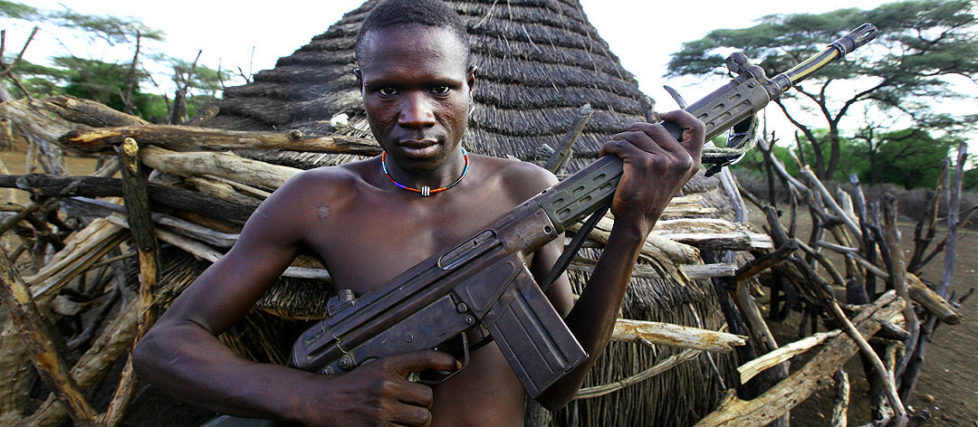The Africa Center for Strategic Studies convened a seminar with South Sudan conflict mitigation experts to discuss the prospects of the recently signed ceasefire agreement and the priorities for establishing stability in the world’s youngest state.
South Sudan has been engaged in a brutal internal conflict since December 2013 when what began as infighting among members of South Sudan’s ruling elite quickly escalated into a civil war. Early on in the conflict, the violence took on an ethnic dimension as senior politicians and military officials sought to manipulate ethnic divisions in order to rally supporters. The fighting has left tens of thousands dead, 1.6 million displaced, and the state fractured.
A tenuous ceasefire agreement was signed between the main factions in late August. While there is cautious optimism that the ceasefire will create a window for negotiation and stabilization, prospects for longer term stability are poor unless a number of underlying drivers to the conflict are addressed. Among others, these include:
 A weak South Sudanese national identity. While there was widespread and genuine enthusiasm at the creation of the new state in July 2011, a sense of elite competition for power and resources has undermined the leadership needed to build such a national identity.
A weak South Sudanese national identity. While there was widespread and genuine enthusiasm at the creation of the new state in July 2011, a sense of elite competition for power and resources has undermined the leadership needed to build such a national identity.- A political culture of private enrichment and patronage enabled from privileged access to natural resource revenues. This includes military and security leaders who have become politicized and, at times, are key actors in cornering resource flows in the economy. The provision of public goods and services for the general population has, consequently, been neglected. Perceptions of rampant corruption and impunity among leaders has undermined confidence in government.
- Foreign governments and corporations interested in tapping South Sudan’s natural resource riches have been increasingly influential in funding and supporting the competing factions. These relationships will need to be managed lest they become spoilers to any sustained peace process.
- The use of ethnicity to mobilize youth for political and financial aims. While often viewed as a Dinka–Nuer competition, marginalizing the rest of the South Sudanese population, intra-ethnic fighting has also been rising as financial (cattle) rewards are provided to youth willing to use violence to settle political scores.
- The undermining of authority and conflict mitigation capacity of traditional chiefs and elders at the community level as a result of youth mobilization.
- While the conflict is often presented as a personal competition for power between Salva Kiir and Riek Machar, in fact, there are powerful blocs of actors supporting each side that will need to be engaged for any stable peace agreement.
- A need for accountability. There is broad support among South Sudanese citizens for the development of a truth and reconciliation process that would shed light on abuses committed during the conflict.
Given the widespread distrust between competing political factions and between citizens and elite, for any peace agreement to endure an active international presence is going to be needed for a long while. International engagement must involve more than a focus on sanctions but bring an emphasis on reforms, which in turn will enhance the likelihood that stabilization efforts can be sustained.
Additional Resources
- Kate Almquist-Knopf, “Fragility and State-Society Relations in South Sudan,” Research Paper No. 4, Africa Center for Strategic Studies, September 2013.
- Emile Ouédraogo, “Advancing Military Professionalism in Africa,” Research Paper No. 6, Africa Center for Strategic Studies, July 2014.
- J.R. Mailey, “The Anatomy of the Resource Curse: Predatory Investment in Africa’s Extractive Industries,” Africa Center Special Report No. 3, Africa Center for Strategic Studies, May 2015.
- Clement Aapenguo, “Misinterpreting Ethnic Conflict in Africa,” Africa Security Brief No. 4, Africa Center for Strategic Studies, April 2010.
More on: Ethnic Conflict Governance South Sudan


